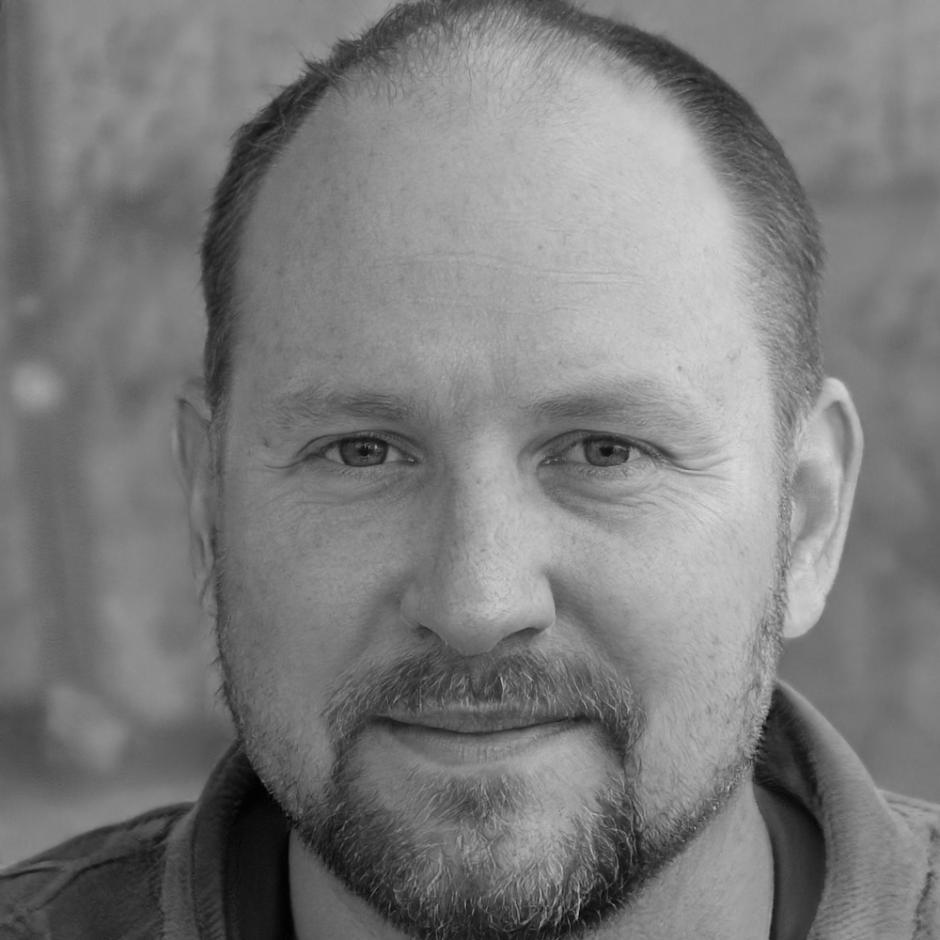Build Financial Clarity Through Practical Analysis
Most people look at numbers and freeze. We help you read financial statements like they're telling you a story — because that's exactly what they do when you know what to look for.
Explore Our Programs
Which Path Fits Your Situation?
Different backgrounds need different approaches. Start where you actually are, not where you think you should be.
Never Opened a Balance Sheet
Our foundation track walks through each financial statement line by line. You'll learn what assets actually mean and why liabilities aren't always bad news. Real company examples, no jargon overload.
Read Reports, Want Deeper Insight
Already comfortable with basic statements? We focus on ratio analysis, trend spotting, and reading between the lines. Learn to spot red flags before they become problems.
Managing Team Budgets
Need practical analysis for business decisions? We cover forecasting, variance analysis, and presenting financial info to stakeholders who don't speak finance.

Numbers Tell Stories When You Listen
Financial analysis isn't about memorizing formulas. It's about understanding what's happening inside a business and being able to explain it clearly.
- Break down real company financial statements from Australian businesses
- Calculate and interpret key ratios that matter for decision-making
- Identify trends that signal growth, trouble, or opportunity
- Present findings to non-financial colleagues in plain language
Our autumn 2025 cohort starts in March. Classes run Tuesday and Thursday evenings, with recorded sessions available if your schedule shifts.
Real Analysis Takes Practice
Reading about financial concepts only gets you so far. Our approach puts you directly into real scenarios with actual data.

Work With Actual Business Cases
Every week you'll analyze a different company's financials — retail businesses, service providers, manufacturers. We pull from publicly available reports and walk through what the numbers reveal about operations, strategy, and health. You'll compare performance across industries and spot patterns that textbooks miss. The goal isn't perfection. It's building the confidence to look at any financial statement and understand what's really happening. Most participants say the case studies make everything click into place.
Your Learning Journey
Twelve weeks of progressive skill-building with practical application at each stage
Foundation Concepts
Learn to read the three main financial statements. Understand what each section means and how they connect to show the full picture of business performance.
Ratio Analysis Techniques
Master key financial ratios — liquidity, profitability, efficiency. Calculate them, interpret what they reveal, and compare across time periods and competitors.
Trend Identification
Spot patterns in financial data over multiple periods. Learn to recognize early warning signs and positive indicators before they're obvious.
Business Context Integration
Connect financial numbers to operational reality. Understand how industry factors, competitive position, and management decisions show up in the statements.
Communication Skills
Present your analysis clearly to different audiences. Write concise summaries, create effective visuals, and explain financial concepts without drowning people in details.
What Previous Participants Say

"I'd been avoiding financial reports for years because they looked overwhelming. The case study approach made it manageable. Now I actually review our department budget properly and can spot issues early."
Operations Manager, Brisbane

"What helped most was working through real company statements each week. The theory made sense, but analyzing actual businesses showed me how everything connects. I use those skills constantly now."
Small Business Owner, Sydney
Start Building Financial Confidence
Our next program begins March 2025. Classes meet Tuesday and Thursday evenings from 6:30 to 8:00 PM AEST. All sessions are recorded and accessible for review.
You'll need about 3-4 hours per week outside of class for case work and reading. Most participants find it manageable alongside full-time work.
Ready to move forward? Check the detailed curriculum or reach out if you have questions about whether this fits your situation.
Get in Touch